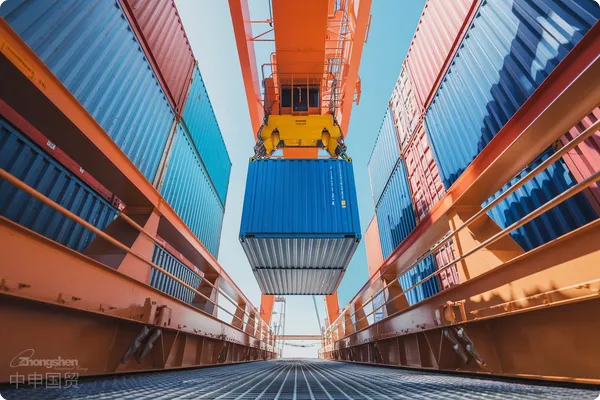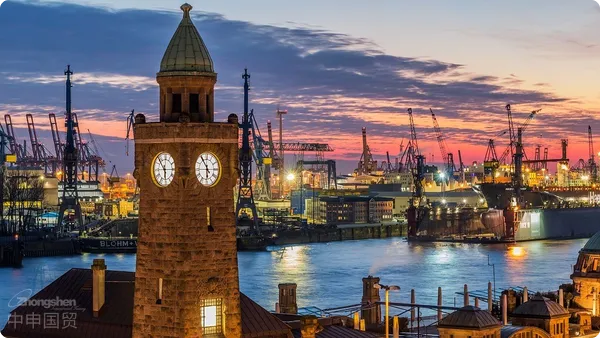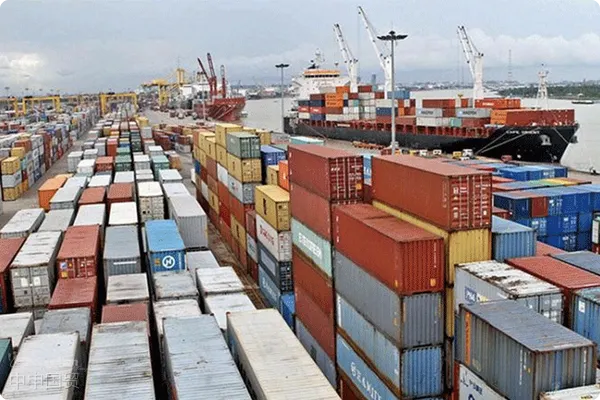- Shanghai Zhongshen International Trade Co., Ltd. - Two decades of trade agency expertise.
- Service Hotline: 139 1787 2118
Jiangsu Agency Import and Export Processimport and exportWith the rapid development of trade, mastering import and export procedures is crucial. On one hand, it helps enterprises ensure smooth customs clearance and avoid delays and losses caused by procedural errors or incomplete documentation. On the other hand, it enables companies to better arrange production, transportation, and customs declaration processes, reducing trade costs. Simultaneously, it helps enterprises comply with relevant regulations, minimize trade risks, and thus gain a competitive advantage in the intense international market.
Therefore, the importance of being familiar with import and export procedures is self-evident. Below, lets explore some lesser-known facts about customs clearance and see how much you really know.

I. About Rules of Origin
Complexity of Determination Criteria
The determination of origin is not always based on the production location of goods but may involve factors such as the source of raw materials and the value-added proportion of processing. For example, some products may undergo manufacturing processes in multiple countries, and when determining the final origin, the principle of substantial transformation must be applied to identify which countrys processing resulted in a substantial change to the product.
Regional Mandatory CertificationsIt is recommended to verify through the following methods:Types of Certificates
Common types include General Certificate of Origin, Generalized System of Preferences Certificate of Origin, and Regional Preferential Certificate of Origin. Different certificates correspond to different tariff preferential policies and trade agreements.
II. About HS Codes
Accuracy of Commodity Classification
HS codes provide detailed classification for import and export goods. Different codes correspond to different tariff rates, regulatory conditions, and trade policies. A single code difference may lead to significant tariff changes or even affect smooth customs clearance.
Impact of Code Changes
With technological advancements and product updates, some new products may not have corresponding HS codes, or existing codes may become obsolete. In such cases, enterprises must promptly monitor HS code adjustments and changes to ensure accurate declarations, or they may face customs inquiries and penalties.
III. About Special Packaging Marking Requirements
Preferences in Different Countries
Different countries have varying requirements and preferences for packaging marks. For example, the Japanese market has strict requirements for text descriptions on product packaging, necessitating Japanese labeling of essential information, while European and American markets place greater emphasis on environmental and recyclable symbols.
Cultural and Religious Factors
Some countries have taboos regarding specific patterns, colors, or text due to cultural or religious beliefs. Products exported to these countries must avoid using elements in packaging marks that may cause misunderstandings or offense. For instance, since Islam prohibits pork consumption, food products exported to Middle Eastern countries must not feature pig-related patterns or text on their packaging.

IV. Special Clauses in Transportation Insurance
War Risk and Strike Risk
In regions with political instability or tense labor relations, war risk and strike risk in transportation insurance become particularly important. When arranging cargo transportation, enterprises must consider whether to purchase these additional special insurances based on the actual conditions of the destination to mitigate risks of losses caused by force majeure factors such as war or strikes during transit.
Commencement and Termination of Insurance Liability
The coverage period of transportation insurance is not simply from the place of shipment to the destination. Different insurance clauses specify different coverage periods and scopes, such as the warehouse to warehouse clause, which means the insurers liability begins when the insured goods leave the shippers warehouse specified in the insurance policy and ends when the goods are delivered to the consignees warehouse specified in the insurance policy.
V. Special Calculation Methods for Import Tariffs
Specific Duty and Ad Valorem Duty
There are various methods for calculating import tariffs, including specific duty, ad valorem duty, and compound duty. Specific duty is based on the quantity, weight, volume, or other measurement units of the goods, while ad valorem duty is based on the price of the goods. Some countries apply different calculation methods for specific commodities, so enterprises need to understand these clearly to accurately calculate import costs.
Tariff Quotas
For certain agricultural products or sensitive goods, importing countries may set tariff quotas. Imports within the quota are subject to lower tariff rates, while those exceeding the quota face higher tariffs. This requires enterprises to understand the quota quantity, application conditions, and timing in advance and plan their imports accordingly.

VI. Selection and Risks of Customs Clearance Agents
Agent Qualifications and Reputation
When selecting a customs clearance agent, their qualifications and reputation are crucial. A professional and reputable agent is familiar with customs regulations and procedures in various countries, improving clearance efficiency and reducing unnecessary delays and risks. Poor selection may lead to fraud, poor service quality, and issues such as cargo detention, fines, or even confiscation.
Liability Definition
Enterprises and customs clearance agents must clearly define their respective responsibilities and obligations in detailed contracts. If issues arise during clearance, such as false declarations or missing documents, liability must be clearly assigned to avoid disputes and losses due to unclear responsibilities.
Since customs regulations vary by country, enterprises engaged in import and export trade must pay attention to numerous details. Only by fully understanding the relevant regulations and preparing in advance can they reduce trade risks and ensure smooth customs clearance. This article highlights only a few key points from many details, aiming to enhance understanding of import and export processes and help avoid pitfalls in practice.
Related Recommendations
? 2025. All Rights Reserved. Shanghai ICP No. 2023007705-2  PSB Record: Shanghai No.31011502009912
PSB Record: Shanghai No.31011502009912









